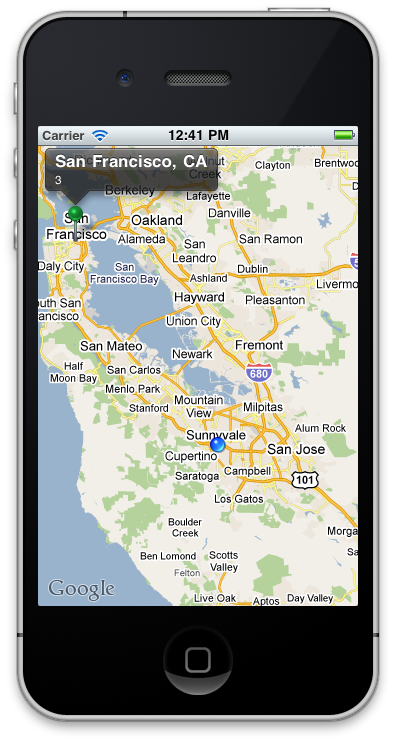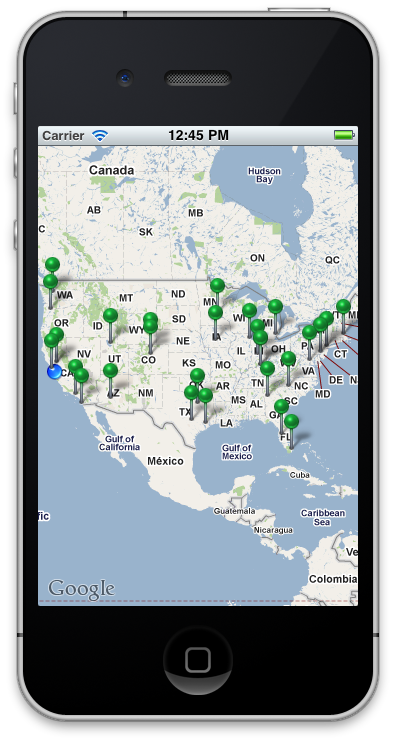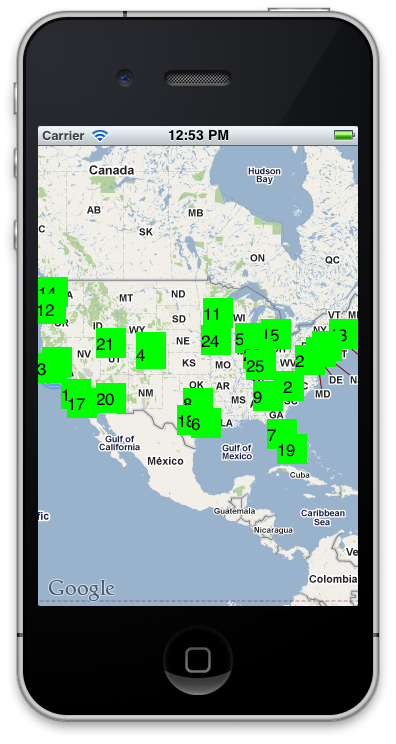

In the last article we demonstrated how to get started with the MapKit framework. We demonstrated how to plot the user's current location, display annotations and change the display of annotations using the annotation view. This article will focus on consuming XML data from a feed and displaying information from the source on the map.


